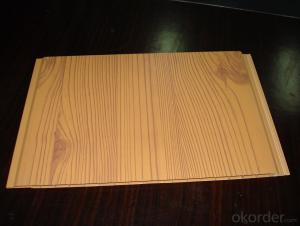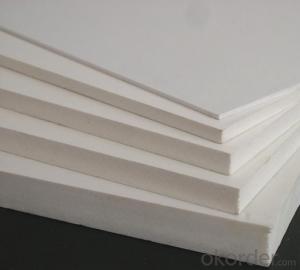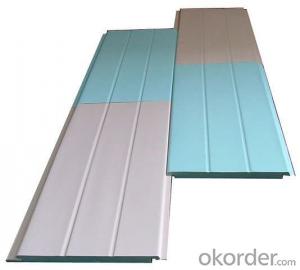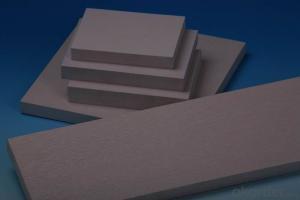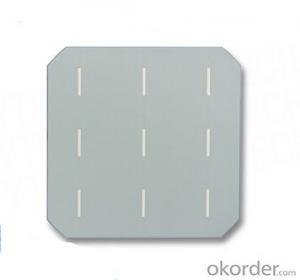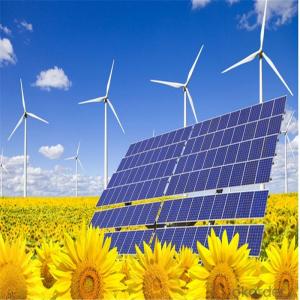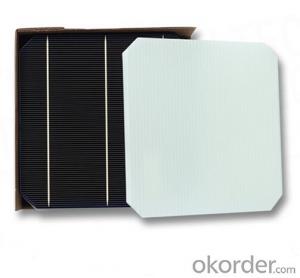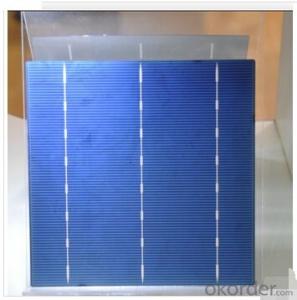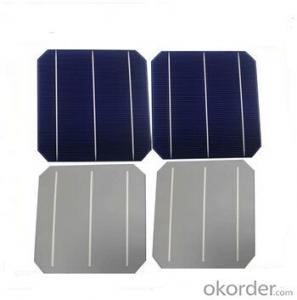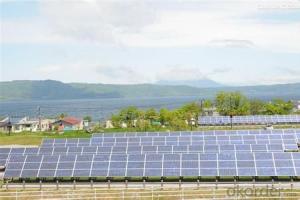Lightweight Solar Cells
Lightweight Solar Cells Related Searches
Bending Machine For Pvc Profiles Micro Inverter For Solar Panel Pvc Foil For Mdf Inverter Ac With Solar Panel Solar Panel With Inverter Kit Solar Panel Kits With Inverter Solar Panel With Inverter Galvanized Steel Roof Panel Inverter Used In Solar Panel Pvc Aluminum Trim CoilHot Searches
Used Sandwich Panel For Sale Pvc Chairs For Sale Tilt Panel Props For Sale Lightweight Scaffolding For Sale pvc pipe manufacturers in usa Sandwich Panel Price In India China Solar Panel Inverter Solar Inverter Panel Price China Pvc Geomembrane Sandwich Panel Manufacturers In Bangladesh Pvc Roofing Sheets Price India Pvc Roofing Sheets Price pvc resin price index Solar Panel Inverter Size Solar Panel Inverter Suppliers Q Cells Solar Panel Prices Tesla Solar Panel Inverter Honeycomb Sandwich Panel Suppliers Pvc Chairs For Sale Tilt Panel Props For SaleLightweight Solar Cells Supplier & Manufacturer from China
Okorder.com is a professional Lightweight Solar Cells supplier & manufacturer, offers integrated one-stop services including real-time quoting and online cargo tracking. We are funded by CNBM Group, a Fortune 500 enterprise and the largest Lightweight Solar Cells firm in China.Hot Products
FAQ
- How much does a solar cell cost?
- I never did the exact calculation, but it does cost much more than I thought.
- Solar cells can perform well in urban environments, although their efficiency may be slightly reduced compared to rural or open areas due to factors like shading from buildings and pollution. However, advancements in technology and design have made urban solar installations more efficient by utilizing innovative mounting options and optimizing solar panel angles. Additionally, the increasing number of rooftop solar installations in cities has enabled effective utilization of available space and contributed to the growth of renewable energy in urban areas.
- Yes, solar cells can be installed on curved surfaces. Flexible solar panels and technologies like thin-film solar cells allow for installation on various curved surfaces such as vehicles, buildings, and even clothing.
- What is a good introduction of solar cell?
- In my opinion, a simple and interesting experiment would be a good start.
- Yes, solar cells can be used to power medical devices. Solar cells convert sunlight into electricity, which can be stored in batteries and used to power various medical devices such as portable health monitors, defibrillators, or even prosthetic limbs. This can be especially useful in remote areas or during emergencies where access to a reliable power source may be limited.
- Yes, solar cells can be used for powering remote weather stations. Solar cells convert sunlight into electricity, which can be stored in batteries for use when sunlight is not available. This makes them a reliable and sustainable power source for remote locations where access to the electrical grid may be limited. Additionally, solar cells are low maintenance and can operate for long periods without human intervention, making them an ideal choice for powering weather stations in hard-to-reach areas.
- Are bulk solar cells better than the normal solar cells?
- Bulk solar cells are considered to be more powerful and functional based on the large amount usage of the solar cells.
